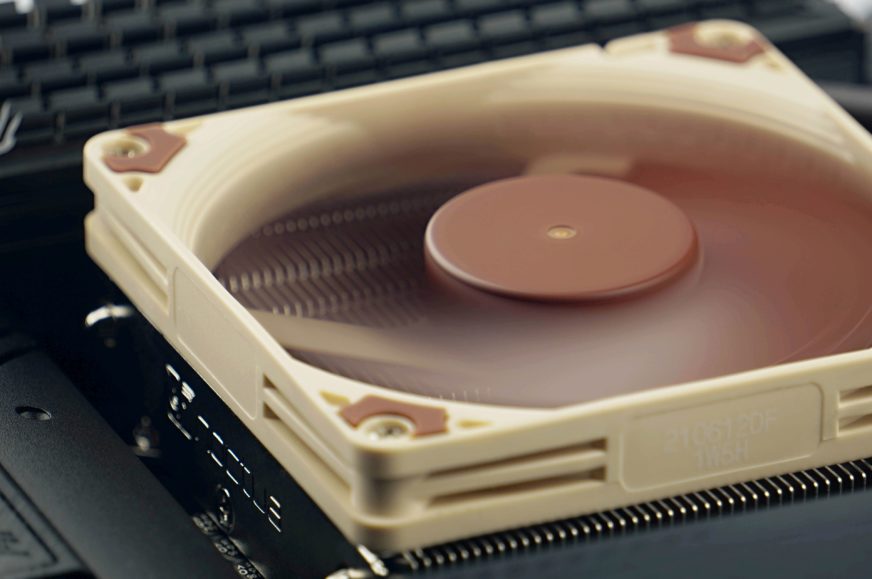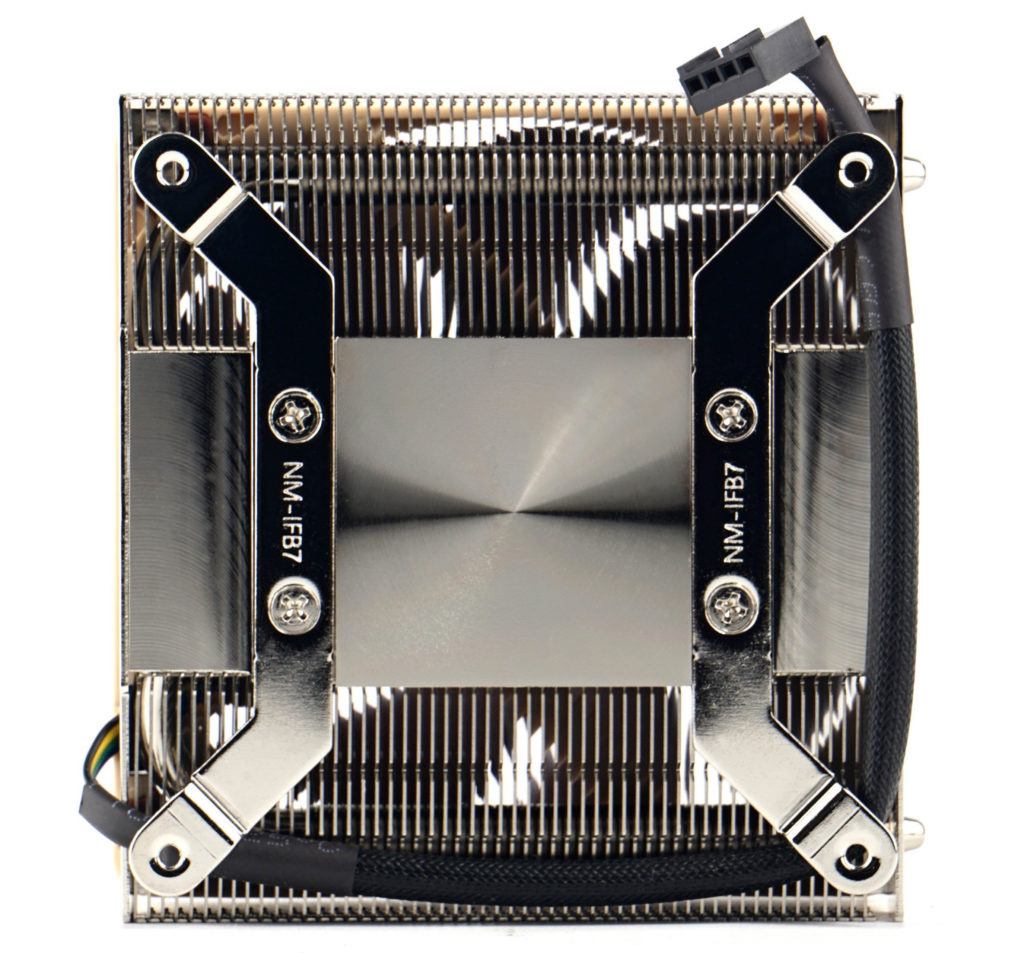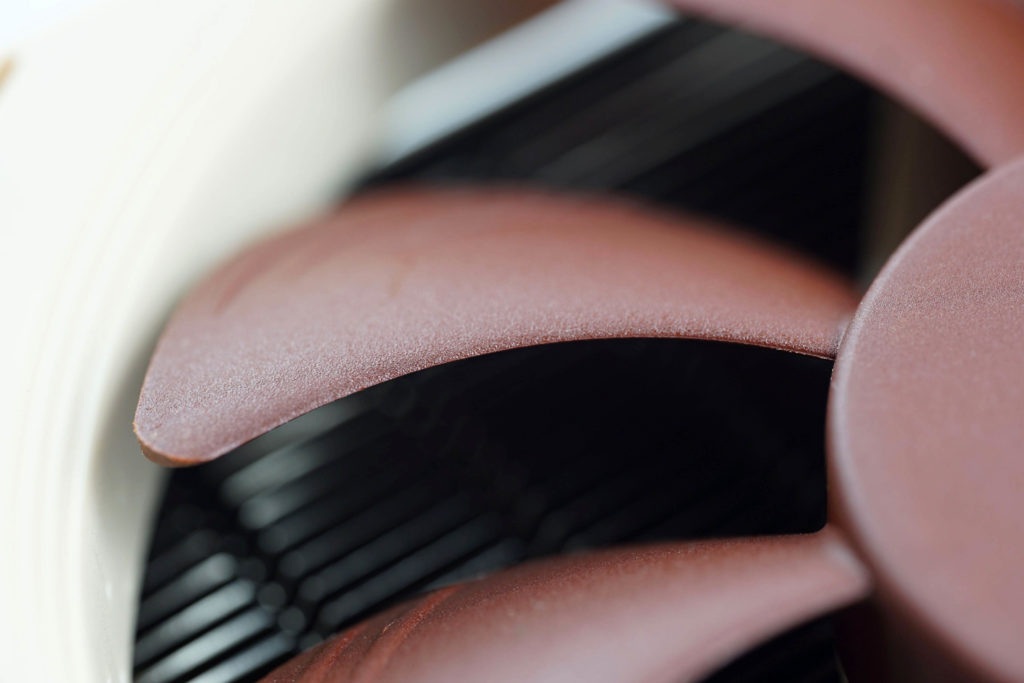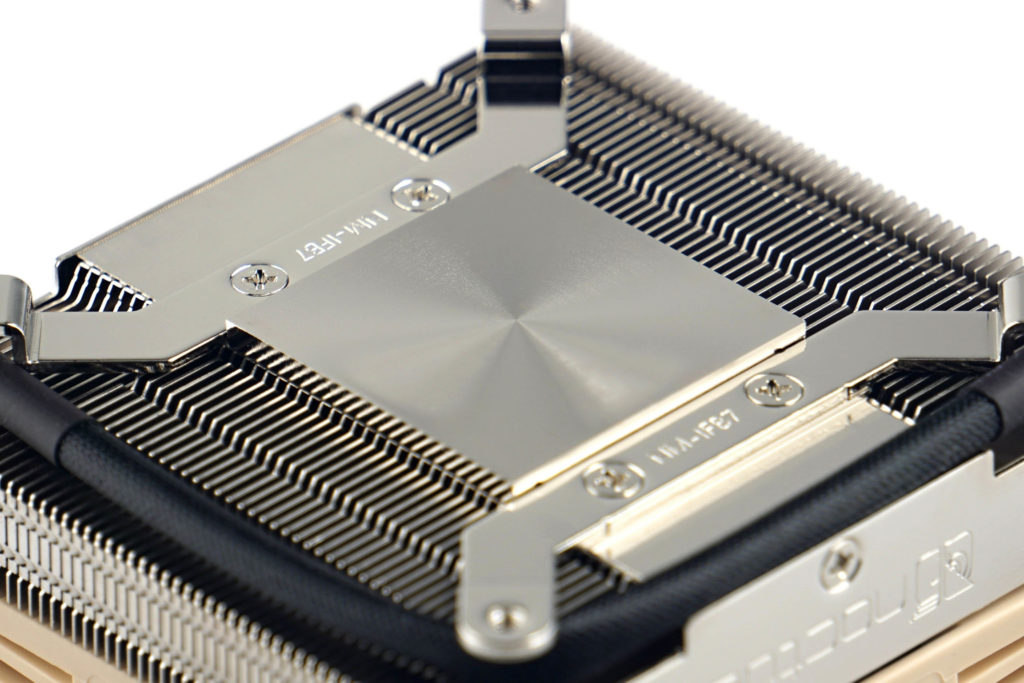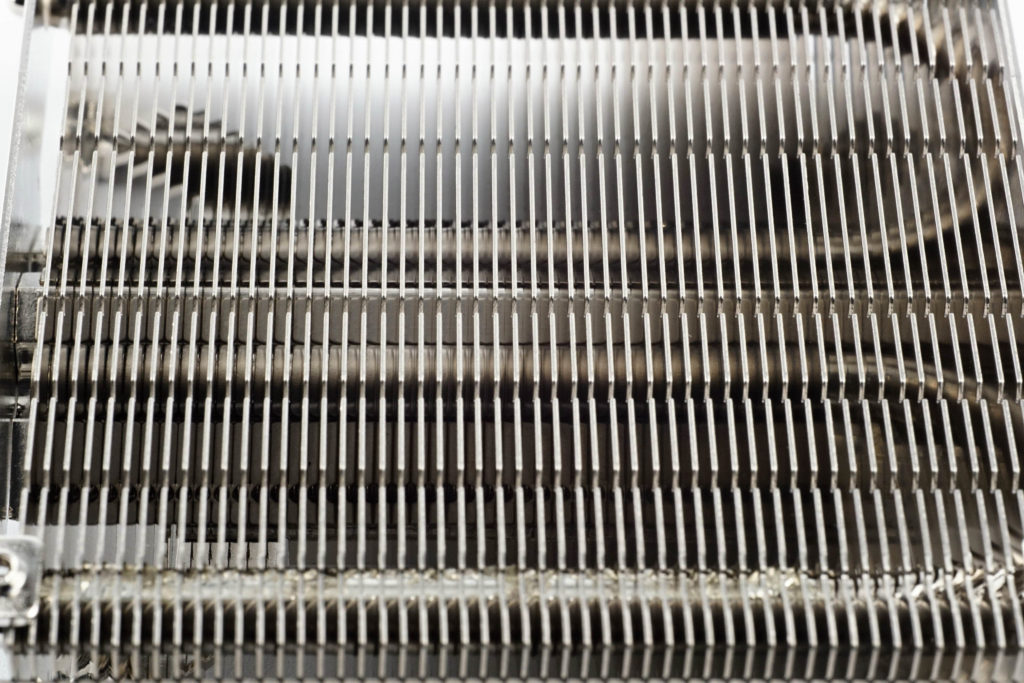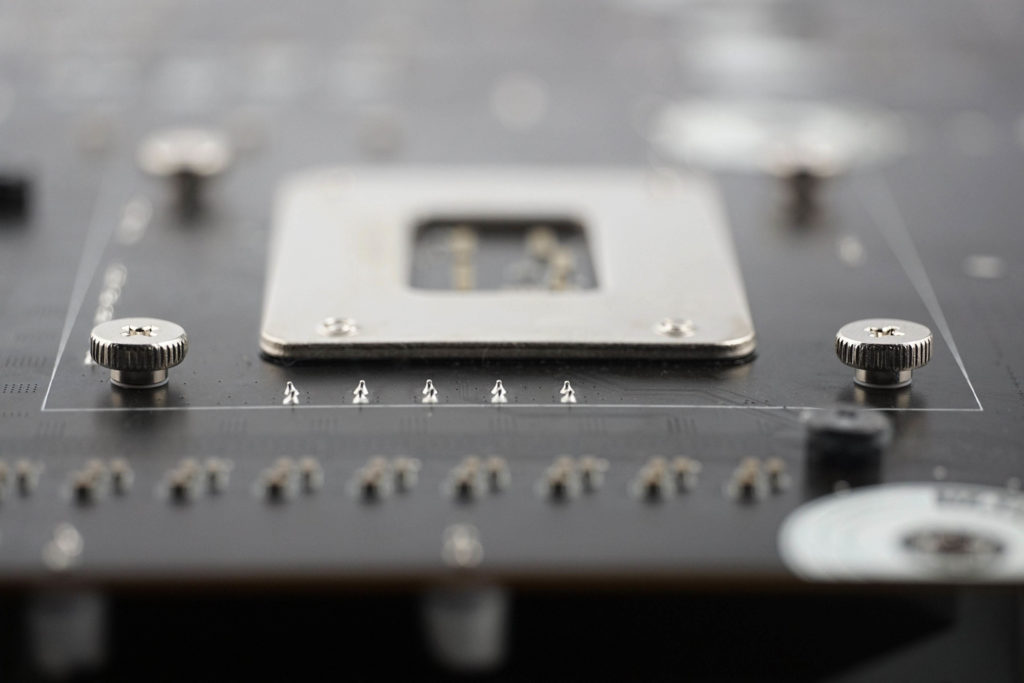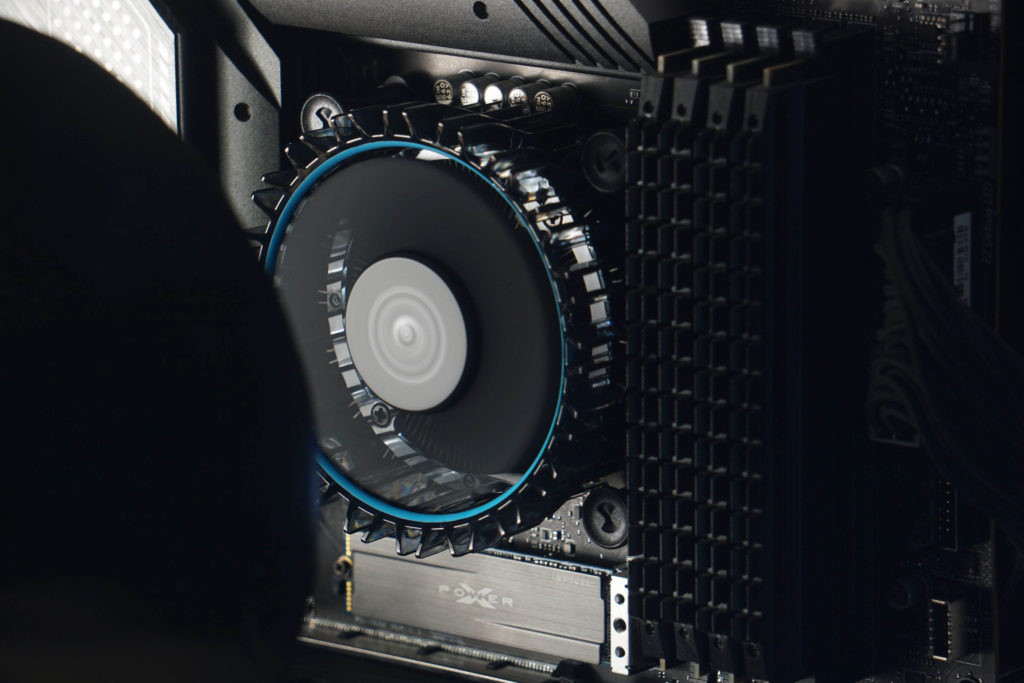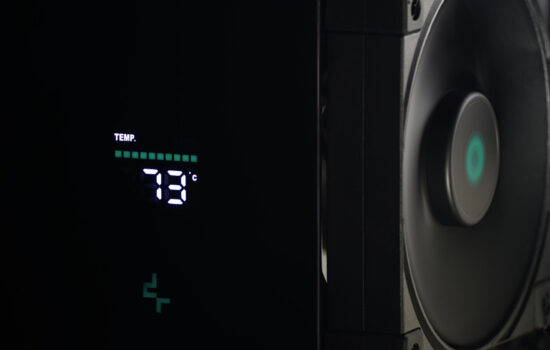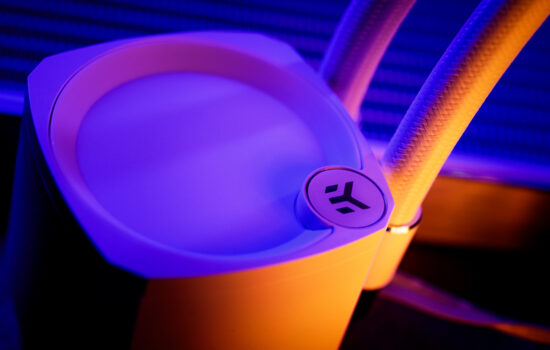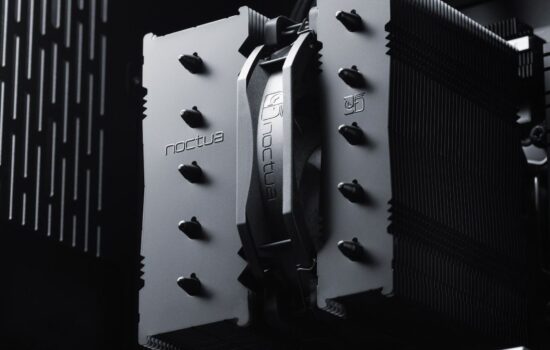The Noctua NH-L9i-17xx cooler in detail
Very low profile, high cooling performance and Intel LGA 1700 support. These are demanding requirements that Noctua NH-L9i-17xx meets as one of the few coolers (maybe the only one?). The first two requirements could probably be argued about in others, but in the end it still comes down to the support for Intel’s new socket. Moreover, the NH-L9i-17xx outperforms even coolers twice its size, including the Arctic Alpine 17, with the right settings.
The Noctua NH-L9i low-profile cooler reacted to Intel’s new socket mounting hole change almost immediately – just after the launch of 690 boards and open-multiplier CPUs. It didn’t make much sense back then, because the available processors had too high of a TDP for such a small cooler to work with them at less than high noise levels. But at least it was already ready for the 65-watt processors that came out less than two months later.
To date, the NH-L9i-17xx is the only cooler this low that also has the potential for silent cooling. Thermalright has either the twice as tall AXP120-X67 or the similarly low AXP90-X36, but that one is still without LGA 1700 support as well as the CM MasterAir G200P. The Cryorig C7 has support, but again it is a centimeter taller and the Scythe Kodati hasn’t been sold for some time. And there aren’t really any more low profile coolers that could compete with the NH-L9i-17xx on LGA 1700 in efficiency.Maybe only the ID-Cooling IS-30.
The Noctua NH-L9i-17xx cooler in detail
From the tip of the slightly convex base to the top edge of the frame, the NH-L9i-17xx is exactly 37 mm. This cooler is thus almost twice as low as the Arctic Alpine 17 (CO) from the previous test. The width and depth are similar (95 mm) and formatted to potentially not interfere with anything even on Mini-STX boards.
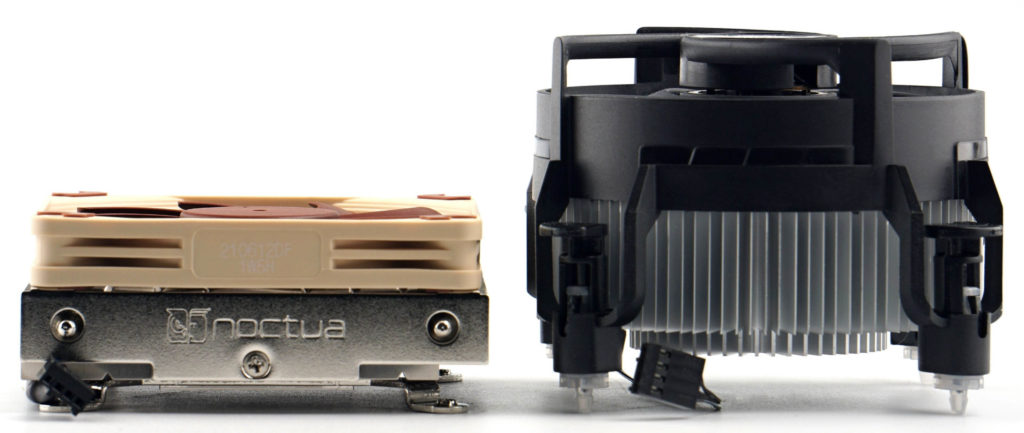
The NH-L9i-17xx has a standard fan, which can be replaced with another 92 mm model with a reduced profile of 14 mm at any time if required. This is also one of the advantages over, for example, the aforementioned Cryorig C7 cooler, which has a non-standard fan mount. The fan Noctua used is the NF-A9x14 PWM with a working range of 500–2200 rpm. In addition to high performance, this also allows for regulation for quiet operation.
And we’ll reveal already that tuning to lower revs is worth it. The NH-L9i-17xx has the best cooling performance-to-noise ratio. The fan blades may be lower, but they’re nice and wide, and more importantly, the rotor has quite a few of them, and the NF-A9x14 PWM doesn’t fall behind in efficiency on a heatsink.
The bearings are first-class – SSO2 and to reduce vibrations that could eventually resonate the heatsink, there are soft pads in the corners. Anyway, the fan is so factory precise that the vibrations don’t spread too much on the frame, similarly to the cheaper NF-P12 redux(-1700) PWM fans you know from our tests.
We won’t go into the full details of the fans in the cooler tests, but it is worth highlighting at least two more details. There are channels on the outflow portion of the blades to accelerate airflow and frame steps to promote turbulent flow as with Noctua’s larger newer fans.
The base is solid, it is a full copper block, to which two heatpipes with a diameter of 6 mm are soldered. The surface of the base is slightly convex towards the centre. This is in order to put the most pressure in the middle, above the CPU chip (Alder Lakes still have it centered on the PCB). Meanwhile, the surface of the contact area has fine indentations after machining. This is not an imperfection, quite the opposite. On perfectly smooth surfaces there is a higher risk of air bubbles (and specially with denser thermal pastes, which includes the NT-H1 supplied as an accessory), against which such a structure is more resistant.
The heatpipes are coiled in a “U” shape and appear to use the finned area evenly. Noctua has designed the finned passageway based on physical simulations, with the most efficient heat exchange in mind. To avoid oxidation of the materials (aluminum and copper base) the radiator carries a thin layer of nickel in addition to the fan.
The assembly is firm, solid. Without backplate, but with screws. You can do without the backplate with such a small lever. The total weight of the cooler is quite high, 415 g, but that’s at a low height. The stops of the screws are set so that they end just before twisting the motherboard. Noctua will have calculated this well too, and it looks like it will be a good compromise between a safe and cooling-efficient mounting. The pressure of the cooler on the IHS of the CPU is quite intense. The photo still shows an illustration with a tape measure, where the distance is measured from the PCB of the motherboard.
Taking into account the height of the socket with the processor, the fan extends to some 43 mm, with which it is at a similar level as some higher memory modules.
Methodology
The coolers are tested at maximum output and at lower speeds corresponding to fixed noise levels of 45, 42, 39, 36, 33 and 31 dBA. Noise levels are measured with a Reed R8080 noise meter (with a parabolic collar to increase sensitivity) at a distance of 15 centimetres from the sound source (fan).
Measurements are done traditionally in our wind tunnel, with two 500-rpm Noctua NF-S12A PWM fans at the intake and an equal number of these fans at the exhaust. The intake air temperature (21-21.1 °C) is constant, properly controlled throughout the testing. The tests run on an Intel Core i5-12400 with stepping H0 (i.e., a variant with the smaller core, which Core i3s, Pentiums, and Celerons also have). This, without power-limits (average CPU power draw is then around 93 W) and with PL2 limited to the TDP level (65 W). We simulate the load in Cinebench R23, the test motherboard is MSI MAG Z690 Tomahawk WiFi DDR4.
Compared to the previous tests of small coolers, we pulled two more temperature sensors from the log – MOS and CPU socket. So the results also show how the fan, in addition to the heatsink, also cools the surroundings of the socket with components that heat up to critical values. Especially in the confined spaces of small cases to which this cooler aspires.
- Contents
- The Noctua NH-L9i-17xx cooler in detail
- Results: Maximum performance
- Results: Higher performance (42+ dBA)
- Results: Medium performance (42 dBA)
- Results: Lower noise level (39 dBA)
- Results: Low noise level (36 dBA)
- Results: Very low noise level (33 dBA)
- Results: Audibility threshold (31 dBA)
- Conclusion





